Ceramic Window Tint vs. Regular: Pros, Cons & Differences
-
Shea Cummings
- Last updated:
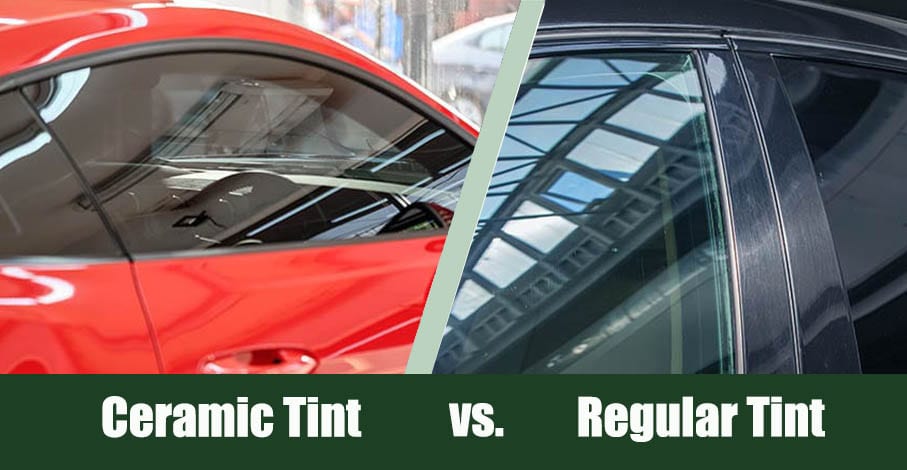
Whether it is for UV and sunlight protection, privacy, or simply to up the cool factor of a sports car, there are many styles of window tint available. Two of the most common tints available are regular and nano-ceramic window tints.
Both tints have their pros and cons, and you will see in the comparisons below that the ceramic tint seems like an obvious choice, but its major con is a big one. Read on to see the pros, cons, and differences between these two tints.
Overview of Ceramic Window Tint:
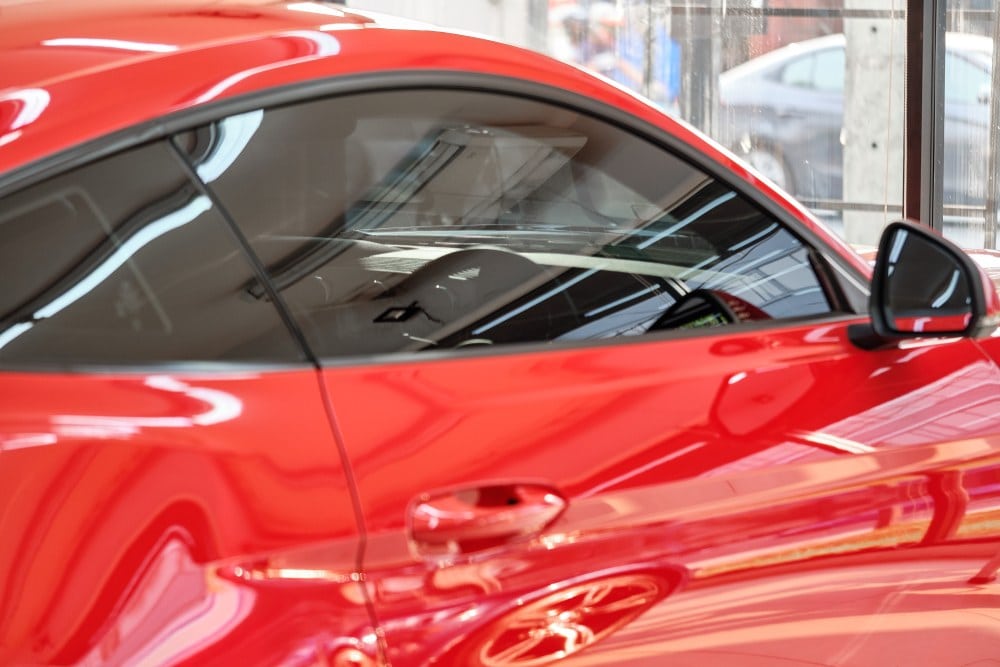
Unlike many other types of window tints that have been around since the late 60s, ceramic window tint has only been around since 1998. Huper Optik USA received the patent for the first nano-ceramic window film, and the revolution of the window tint industry began.
Until this point, most window tints offered very little UV protection and only served an aesthetic purpose. But all that changed with the invention of ceramic window tint. Suddenly, people weren’t tinting their windows for looks.
The best ceramic tints can block out 99% of the sun’s harmful UV rays. Not only do they offer protection from the sun, but they also help to regulate the temperature inside the vehicle during the hot summer months—this means your air conditioner will actually keep you cool. This UV protection makes ceramic tint a common option for tinting windshields. For example, a 70% tint will make little difference in night driving. Still, it will give you added protection and climate regulation benefits.
Because of the many benefits and costs of production, ceramic tint is not the most affordable option on the market. For this reason, it’s important to check your local laws for the allowable tint. It would be a huge waste to spend a bunch of money on tinting your vehicle windows, only to have to remove it. Due to its price, ceramic tint is not as common.
When is Ceramic Tint a Good Option?
If you live in an area that regularly receives a lot of sun, ceramic tint is a great option. Depending on how much protection you want and how dark you want it to be, your local supplier and installer can give you all available options.
The extra protection isn’t the only reason to choose ceramic tint. It is also a much more durable form of window tint that can hold up to a harsher climate. Also, it can help keep your windows from shattering in the event of an accident. And due to its non-metallic nature, it won’t interfere with electronic signals.
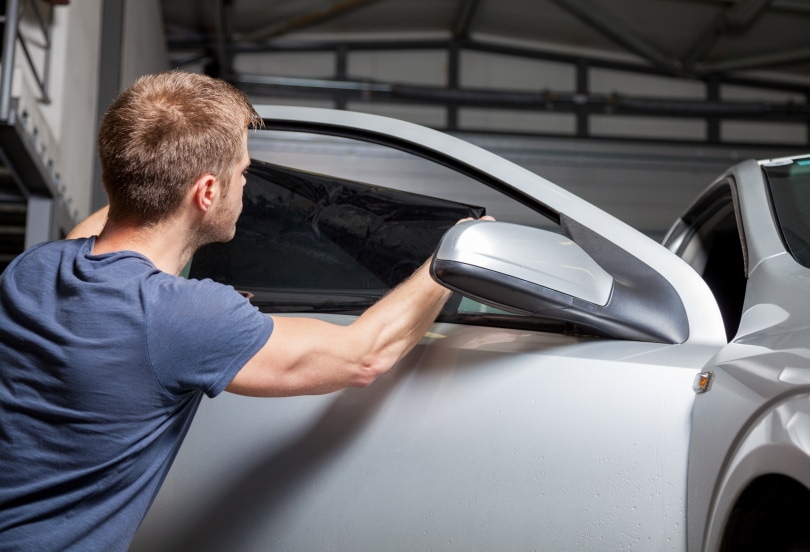
- Offers protection against UV that other films don’t
- Much more durable than traditional window tints
- Helps to regulate vehicle cabin temperature
- Won’t interfere with electronics
- Much more expensive than competitive products
- Less common
Overview of Regular Window Tint:
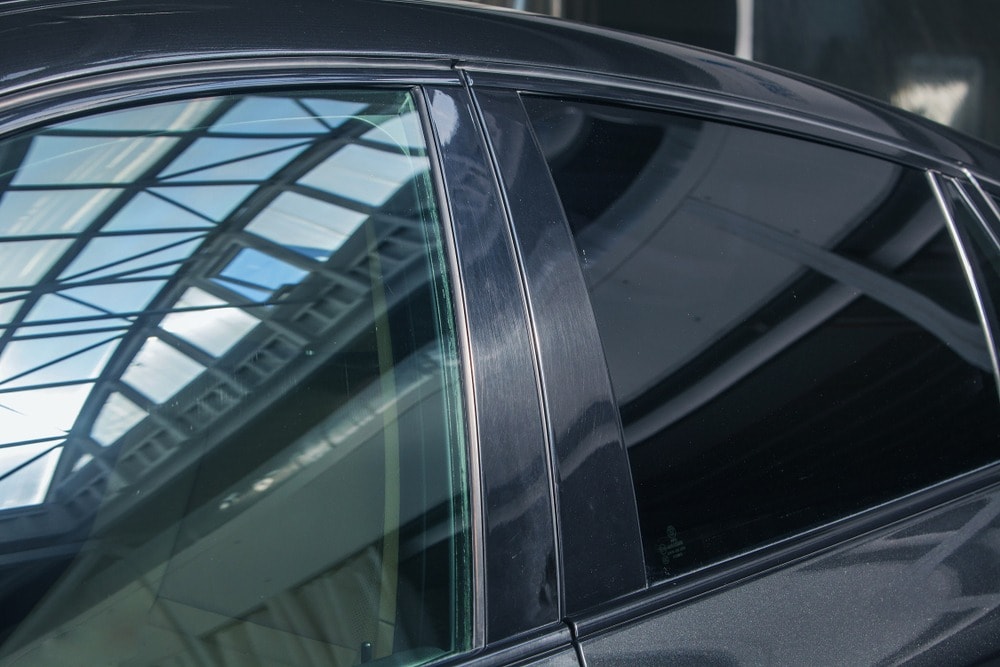
Regular window tint or window film has been around for many years. Its primary purpose is privacy and sun protection—also, it just looks darn cool on a sporty car.
Window film protects from the sun in the same way that sunglasses protect our eyes in that it physically blocks the light from entering. However, this is not the same as UV protection. Ultra-violet rays from the sun will still enter, causing the temperature to rise. Too many of these rays are not good for humans either.
If the main goal is privacy or looks, regular window tint is a fantastic and affordable option. It is available in many shades and styles that can be installed on any window in your vehicle. You can even get some custom-designed tints with graphics or pictures on them that are visible from the outside.
The main positive to having regular window tint installed is its price tag. As a general rule, when compared to a high-end ceramic window tint, it comes in at a fraction of the cost. Window film is also readily available at most suppliers. DIY kits are also available at most local car and truck accessory shops.
When is Regular Tint a Good Option?
Even though it lacks the UV protection value of ceramic tint, regular tint is an excellent option on a tighter budget. Plus, it protects your vehicle in other ways. If you’re trying to prevent sun fading on your upholstery or keep prying eyes out, then regular window tint is more than sufficient. It can also improve the look of your vehicle without breaking the bank.
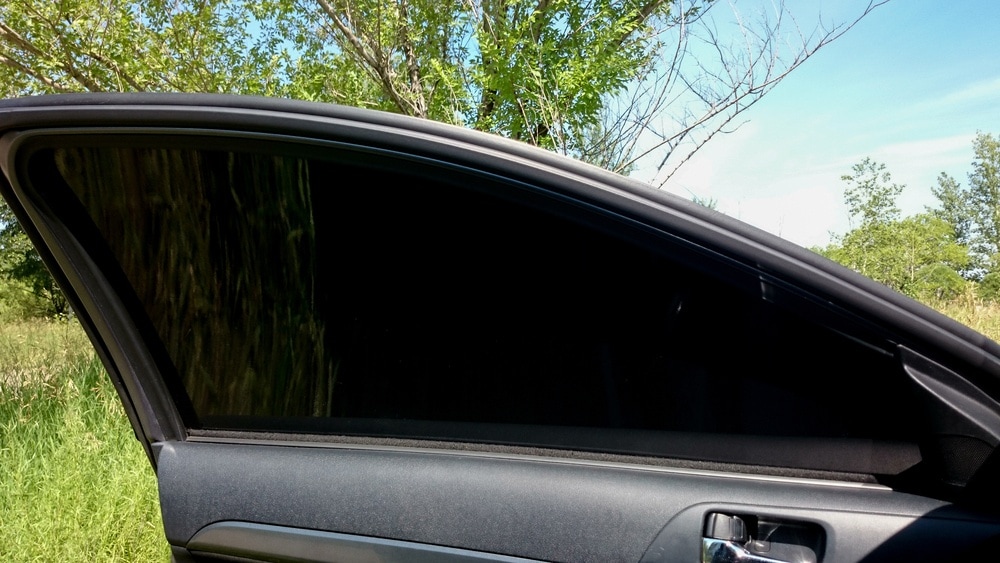
- Budget-friendly and widely available (even as a DIY kit)
- Increases privacy and looks of your vehicle
- Protects against sun damage on your vehicle’s interior
- Offers minimal—if any—protection against UV rays
- Cheap window films don’t often last very long before showing obvious signs of wear
- Usually metallic and can interfere with electronic signals
Does Window Tint Always Bubble
Many vehicles on the road have cheap or poorly installed window tint. If you see a window with bubbles that looks faded, that is almost always going to be a cheap non-ceramic tint. The bubbling happens when the adhesive is eroded by the heat from the sun. The sun also makes the dye in the tint fade as well. There are high-quality regular window tints that last a bit longer. Still, a good ceramic tint will consistently outperform and outlast its competition.
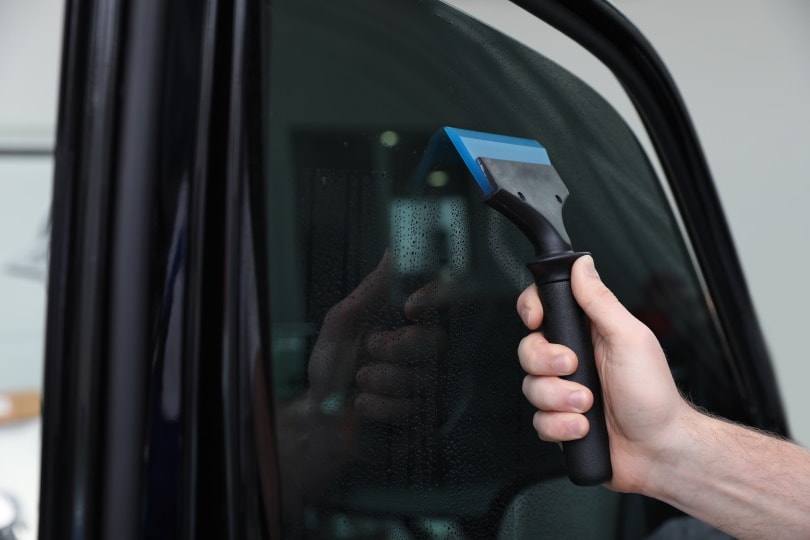
Which Tint is Darker?
At first glance, one might assume that the ceramic tint is darker. However, this is not the case. A tint’s darkness is determined by its VLT. If you put a ceramic and a regular tint side-by-side with the same VLT, they would be the same darkness. The main difference is the ceramic tint will remain that dark much longer than its regular counterpart.
- Extra UV Protection
- Extremely Durable
- Cooler Car Interior
- Increased Privacy
- It does not interfere with electronic signals
- Affordable
- Protection from sun damage
- Increased Privacy
Conclusion
With these comparisons in mind, a ceramic tint seems like the obvious choice because there are many more benefits to it. However, the market for regular tint is still massive, mainly due to the considerable price difference. Unless the main reason for tinting your windows is UV protection, you can purchase a high-quality regular tint and still come in less expensive than its ceramic competition. But keep in mind that even the best regular tint will not last as long as a good ceramic tint.
Featured Image Credit: Left: Ceramic Window Tint: KULLAPONG PARCHERAT, Shutterstock | Right: Regular tint: Tursk Aleksandra, Shutterstock
Contents
